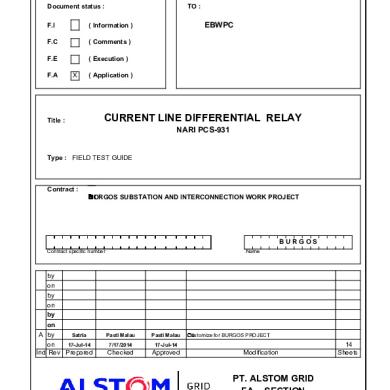
Residual Current Device
- Uploaded by: Odoch Herbert
- Size: 58.3 KB
- Type: PDF
- Words: 503
- Pages: 2

* The preview only shows a few pages of manuals at random. You can get the complete content by filling out the form below.

Odoch Herbert - 58.3 KB

Pokemon trainner - 1.2 MB

Beverly Pagcaliwagan - 95.2 KB

Benyamin Hedy Bruaris - 1.2 MB

SININAD BUANGAM - 149.4 KB

SININAD BUANGAM - 149.4 KB

SININAD BUANGAM - 149.4 KB

Sagar Arora - 145.7 KB

Luis Sánchez - 1.3 MB

J-Kanz - 166.2 KB
© 2025 VDOCS.RO. Our members: VDOCS.TIPS [GLOBAL] | VDOCS.CZ [CZ] | VDOCS.MX [ES] | VDOCS.PL [PL] | VDOCS.RO [RO]